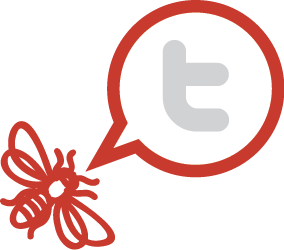Creating a clear, concise message (or set of messages) is a critical communication skill. Being clear about what you want to say can help you organize your poster or for that matter any presentation, whether it is in front of your students or an auditorium full of your colleagues.
As I was saying…
With a sense of your strategy, you should now focus on your message—that is, what it is you want to say to your intended audience in the service of your objective.
A message is a concise statement or set of statements that describes a position, belief, or point of view. A message distills a complex body of information down to the bare essentials. In the context of a poster, it should answer the following questions:
- What is the one thing you want your audience to remember?
- Why is it important to this audience?
- Why is it urgent for the audience to pay attention?
If you have already written a paper, your abstract and your conclusions are a good place to look for this take-away. Write down the answers to these questions in simple, jargon-free statements. Test them with colleagues, friends and loved ones and see if folks understand what you are talking about. Perhaps, they can translate what you really mean into clearer language. Once you have heard your own message in the context of a two-way conversation, you may understand how to make your message shorter, clearer, even memorable.
All right. With a clear sense of your strategy and finely honed message, now you are ready to begin building your poster.

